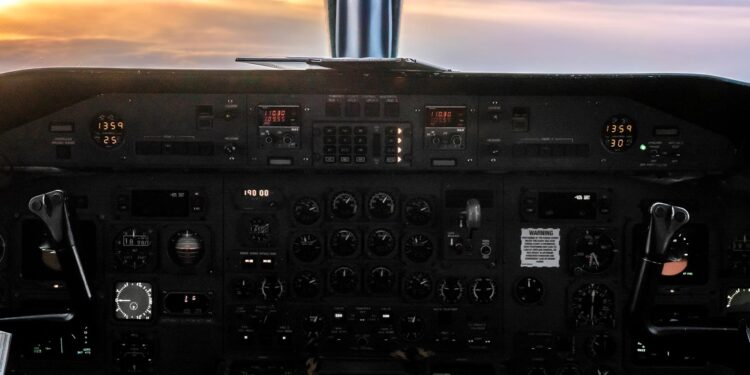Choosing Alternates & ETPs: Part 2 – Top Considerations

This business aviation blog post continues from our article last week, titled “Choosing Alternates & ETPs: Part 1 – Maximizing your Options.”
While runway length, lighting, airport hours, airport overtime availability and local weather are top priorities when picking alternates and equal time points (ETPs), there are some other important considerations to also be mindful of. For example, it may be important that the location is an airport of entry (AOE) and that customs, immigration, and quarantine (CIQ) is available at time of your arrival. And, ideally, you’ll want vetted and full-service ground handlers and ground handling capabilities at your alternate/ETP.
The following is an overview of what you need to know:
1. The particular mission may influence choice of alternates
When choosing alternates, consider your insurance coverage, internal company security policies, and operational specifications unique to your flight department. This information should always be updated, and on file, with your 3rd-party provider. The nature of your business, and the particular passengers on board, may influence choice of alternates/ETPs. If you’re flying for a defense contractor, and/or have high-profile passengers on board, there’ll be certain countries and airports you’ll probably want to avoid using as alternates/ETPs. Likewise, if passengers have unstable medical conditions you’ll want to try to choose alternates with access to appropriate medical facilities. If you have pets onboard you are going to want an alternate where the pet will not be automatically quarantined or destroyed upon landing.
2. Always check NOTAMs
It’s important to check both local weather and notices to airmen (NOTAMs) for all named alternates and/or ETPs along your route. These NOTAMs may impact airport access. It’s recommended that crews review alternate/ETP related NOTAMs the day prior to a trip.
3. Security considerations
When you need to land, you need to land, and it comes down to the pilot’s decision. Best practice, however, is to be aware of the security situation and geopolitical risks along your route of flight before you takeoff. If you’re overflying the Middle East or Central Africa be aware of where political unrest or potential outbreaks of Ebola virus, etc. are currently a factor.
4. Large aircraft considerations
Operators of wide-body and other larger general aviation (GA) aircraft have additional considerations when planning alternates and ETPs. You’ll need to consider runway, taxiway and ramp load bearing strengths, as well as length of runway. If you’re short on fuel, or have lost an engine, you may have longer runway requirements. There may be cases where you can get into a shorter runway, as an ETP diversion, but may have difficulty getting out.
5. Expect some limitations at alternates and ETPs
While runway length and airport availability are essential considerations in terms of alternates—and especially ETPs—, many other considerations are not as essential. If fuel and/or credit are not immediately available, this can usually be remedied. It’s preferable to have suitable fire coverage, as well as reliable airline connections to facilitate crew swaps, but this is not essential. A nice hotel, in the event you need to remain overnight, and in-flight catering availability are also preferable to have, but the primary concern needs to be life and safety considerations rather than comfort.
Conclusion
Once you’ve determined that an alternate or ETP will provide the basic requirements for safety of operations other, less essential factors should be considered. Identifying the most capable local ground handler, ensuring that credit will be available, and having access to reliable airline connections will help improve and fine tune your alternate or ETP choices.
Questions?
If you have any questions about this article or need assistance with flight planning for your next trip, contact me at nathanshelley@univ-wea.com.



